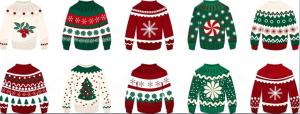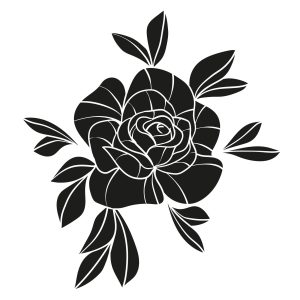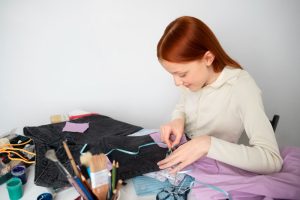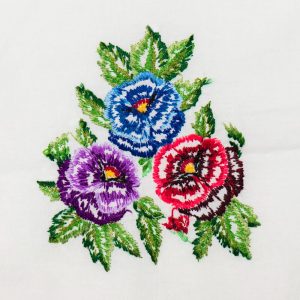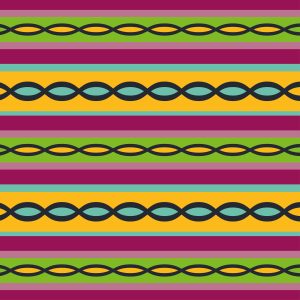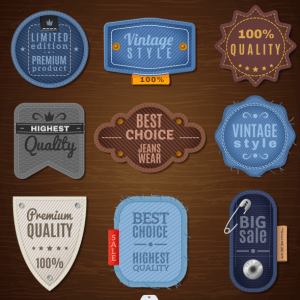For centuries, embroidery and cross stitch have been popular forms of needlework. Although they share some similarities, each technique has unique characteristics, making them suitable for different types of projects. Understanding these differences helps both beginners and experienced crafters choose the best method for their work
Embroidery: what is it?
Embroidery refers to decorative stitching that embellishes fabric. It involves stitching intricate designs, patterns, and text onto textiles using a needle and thread. Embroidery allows limitless creativity and customization, making it perfect for personalizing clothing, accessories, and home decor.
Embroidery Features
- Works on various fabrics, from silk to canvas
- Includes stitches like satin stitch, chain stitch, and French knots
- Ideal for customizing clothes, home items, and accessories
Embroidery Experience at QualityCare
QualityCare transforms artwork into stunning embroidered designs. From monograms to detailed logo embroidery, every project is stitched with precision and high-quality thread. With expert digitizing knowledge, QualityCare ensures your embroidery projects look professional and polished.
Check out our guide on embroidery basics for more tips and techniques.
Cross Stitch: what is it?
Cross stitch uses X-shaped stitches to create patterns. Designs are usually charted on grid-based even-weave fabrics like Aida cloth, which makes replication easy and accurate.
Cross Stitch Features
- Creates a grid-like, pixelated appearance
- Uses a single stitch type, making it beginner-friendly
- Works well with pre-charted patterns from books or online resources
QualityCare’s Cross Stitch Experience
QualityCare ensures cross stitch designs are precise and aligned perfectly. From custom cross stitch patterns to digitizing services, QualityCare helps crafters produce clean and accurate projects.
Want to start cross-stitching? Check out our beginner-friendly guide.
The Right Technique for Your Project
1. Type of project
- Embroidery: Great for custom gifts, clothing embellishments, and freeform designs
- Cross stitch: Best for structured patterns, samplers, and framed artwork
2. Skill Level
- Embroidery: Involves many stitches and techniques, slightly more complex
- Cross stitch: Repetitive stitch patterns are easier for beginners
3. Commitment to time
- Embroidery: Time-consuming for detailed designs
- Cross stitch: Smaller projects can be completed faster
Which One Should You Pick?
Choose embroidery for artistic freedom and creative designs. Opt for cross stitch if you prefer structured, grid-like patterns that are easy to follow. Both techniques are rewarding and can be used to create beautiful, personalized pieces.
FAQs
1. Is embroidery harder than cross stitch?
Embroidery is more challenging due to the variety of stitches and techniques, while cross stitch is simpler for beginners.
2. Can you use embroidery floss for cross stitch?
Yes, six-strand embroidery floss works perfectly for cross stitch. You can separate strands for different thicknesses.
3. Which technique is better for beginners?
Cross stitch is easier for beginners because it uses one stitch type and follows a grid pattern.
4. Can you combine embroidery and cross stitch in one project?
Absolutely! Combining the two techniques can create unique, textured designs with both freeform and structured elements.



